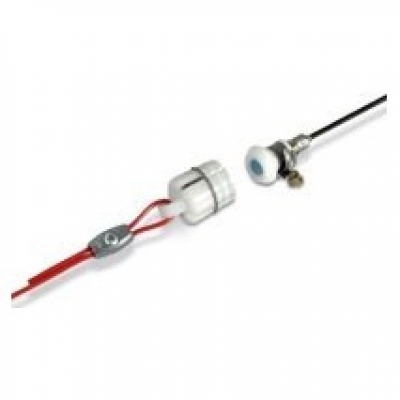Kiepe BLS Belt Wear Monitor
Kiepe BLS Belt Wear Monitor
exc. VAT
inc. VAT
Kiepe BLS\r\n\r\nBelt Wear Monitor\r\n\r\nProximity switch\r\npnp - NO contact\r\nMagnetic switch\r\nReed contact - NO contact\r\nDegree of protection IP 67 IP 67\r\nTemperature range - 25 °C …+ 70 °C - 25 °C …+ 80 °C\r\nEnclosure brass, M 12 x 1 brass, M 12 x 1\r\nSwitching v

Last Updated: 2025-12-19 23:39:36 ?>

